Kullu: An international expert, Graeme Worboys, will be visiting a storehouse of biodiversity in Himachal Pradesh’s Kullu Valley this week to evaluate its biological diversity for inclusion in Unesco’s World Heritage list, a wildlife official said.
Six sites in India, including the Sundarbans National Park in West Bengal, are already on the heritage list.
International Union for Conservation of Nature (IUCN) vice chair Graeme Worboys will be surveying the Great Himalayan National Park’s (GHNP) biodiversity from Oct 6 to 13, says park director Ajay Srivastav.
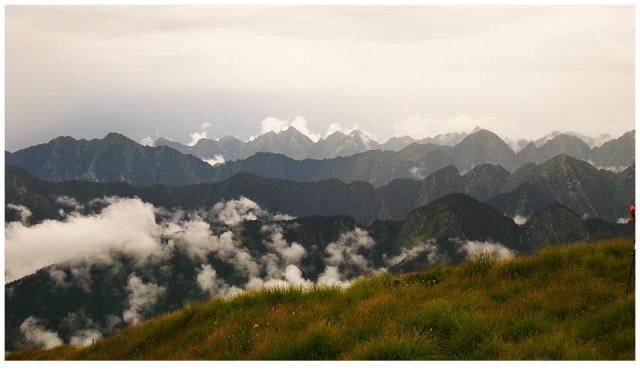
The IUCN panel would review the recommendations of the field evaluator in December, he said.
According to protocol, IUCN presents the results and recommendations of its evaluation process at its annual session in June/July for nomination to the World Heritage list.
One of the richest biodiversity sites in the western Himalayas, the GHNP is home to the elusive and critically endangered western tragopan, along with four other spectacular pheasants, the snow leopard and the mighty Himalayan brown bear.
Srivastav said the GHNP, notified in 1999, spreads over an area of 754 sq km. It supports 31 mammal species, 203 bird, 44 butterfly, three reptile, nine amphibian and 127 insect species, besides 425 species of plants.
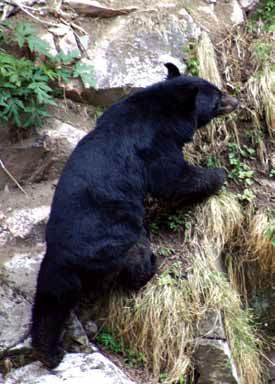
The goral, a goat antelope, the barking deer and the red fox, a richly coloured animal with silky fur, can be spotted easily.
The Himalayan black bear and the common leopard are regular visitors to villages located in the GHNP vicinity.
The small mammals include the grey shrew, a small mouse-like mammal with a long snout, the royal’s mountain vole, the Indian pika, the giant Indian flying squirrel, the porcupine and the Himalayan palm civet.
The flower-rich valleys and forests are rich in avifauna.
A large number of birds, including the Himalayan griffon vulture, the lammergeier, the golden eagle, the Eurasian woodcock, the solitary snipe, the wood pigeon, the snow pigeon, the slaty-headed parakeet, the collared owlet and the rock eagle owl, can be spotted flitting throughout the GHNP.
Srivastav said the GHNP is one of the only two national parks in the world with a population of the brilliantly plumaged western tragopan. The Machiara National Park in Pakistan also supports this species.
Another endangered pheasant, the cheer, is also found in the GHNP’s grassy slopes. Other pheasant species, the monal and the koklas are in abundance in the temperate zone, while the kaleej occurs in small numbers below 2,000 m.
Starting at an altitude of 1,700 metres, the highest peak within the GHNP approaches 5,800 metres.
Park authorities said the best sighting of wildlife can be made in autumn (September-November) as animals start their seasonal migration to lower altitudes.
Photos: Courtesy GHNP
by Vishal Gulati (IANS)
The opinions, beliefs and viewpoints expressed by authors, news service providers on this page do not necessarily reflect the opinions, beliefs and viewpoints of Hill Post. Any views or opinions are not intended to malign any religion, ethnic group, club, organization, company, or individual.
Hill Post makes no representations as to the accuracy or completeness of any information on this site page.



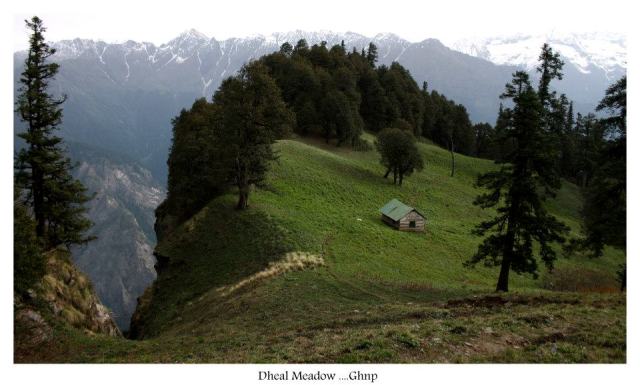
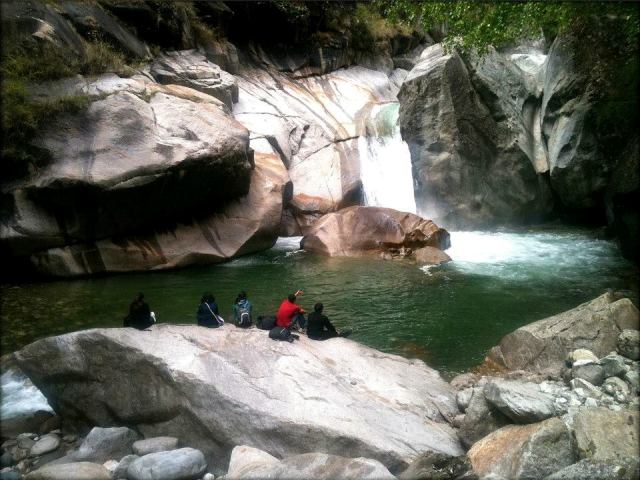
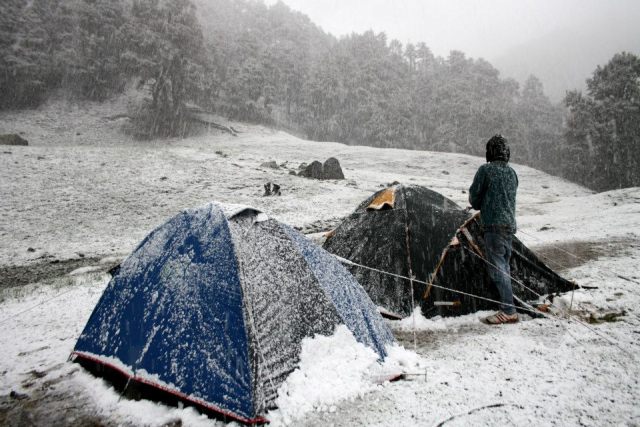


good to know that GHNP is going to be in world heritage list.
Gr8 work Vishal.
Thanks for this lovely article .
Mr. Worboys seems to be more interested in Facts .Our best officers of Forest department are answering him with facts and figures .
Mr . Warboy has already seen the culture and had met women self help groups here …Now time to go for a trek ….
http://www.facebook.com/media/set/?set=a.4347755905618.167828.1639173184&type=1